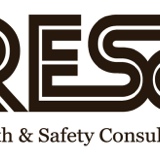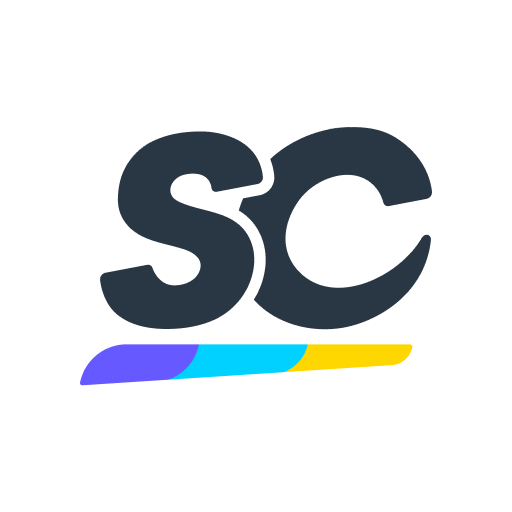Information
-
Document No.
-
Audit Title
-
Client / Site
-
Conducted on
-
Prepared by
-
Location
-
Personnel
TAEASS401B Plan assessment activities and processes (C)
-
Q1 CBA, Principles of Assessment, Rules of evidence, discuss use
-
Q2 roles & responsibilities of people in assessment process
-
Q3 in planning and organising, what documentation kept?
-
Q4 dimensions of competence?what are they, and how do you assess them?
-
Q5 reasonable adjustment? How applied?
-
Q6 recent assessment plan, and instruments, why chosen?
-
Q7 legal/ethical considerations?
-
Q8 assessment only pathway?
-
Comments for TAEASS401A
TAEASS402B Assess competence (C)
-
Q9 discuss assessment event
-
Candidate info before assessment
-
Ensure candidates ready?
-
Resources materials rqd
-
Evidence gathering methods
-
Dimensions of competence & employability skills
-
Competency decision
-
Feedback to candidate
-
Q10 rules of evidence
-
Q11 review process, as it meets org's quality rqmnts
-
Comments for TAEASS402B
TAEASS403B Participate in assessment validation (C)
-
Q12 processes used to validate, how documented
-
Q13 changes made, and how recorded
-
Q14 how has industry been involved & why?
-
Q15 principles of assessment & AQF guiding validation
-
Comments for TAEASS403B
TAEDEL401A Plan, organise and deliver group-based learning (C)
-
Q16 recent experience I planning/delivering group learning. Learning environment and resources involved.
-
Q17 issues taken into account in preparing?
-
Q18 how set up to make conducive to group
-
Q19 techniques to motivate and maintain interest
-
Q20 your experience, what is most important facilitation skill
-
Q21 recent delivery, how did you review effectiveness
-
Comments for TAEDEL401A
TAEDEL402A Plan, organise and facilitate learning in the workplace (C)
-
Q22 experience work work based learning? Strengths/weaknesses?
-
Q23 process used to develop work based program
-
Q24 discuss experience with Structured relationship?
-
Q25 specific examples of facilitation, eg gaining learner confidence
-
Q26 approach to closing and reviewing
-
Comments for TAEDEL402A
TAEDES401A Design and develop learning program's (C)
-
Q27 discuss learning program you have developed
-
Target group needs
-
Program aim
-
Content involved
-
Determining delivery strategies
-
Org rqmnts
-
Risk control plan
-
Draft plan reviewed?
-
Records kept?
-
Changes from review
-
Comments for TAEDES401A
TAEDES402A Use training packages and accredited courses to meet client needs (C)
-
Q28 responsibilities in org's training /assessment rqmnts
-
Q29 how you have analysed a TP?
-
Q30 examples of contextualising ?
-
Comments for TAEDES402A
TAEDEL301A Provide work skill instruction
-
Q31 example of org, conduct & eval workplace instruction
-
Comments for TAEDEL301A
TAEASS301B Contribute to assessment
-
Q32 experience gathering workplace evidence
-
Q33 familiarity with CBA, principles of assessment and rules of evidence
-
Q34 features of sound assessment tool, and give example
-
Q35 legislative and/or org rqmnts for assessment
-
Comments for TAEASS301B
TAEDEL404A Mentor in the workplace
-
Q36 from Q 22
-
Q37 from Q24/25
-
Comments for TAEDEL404A
TAESUS501A Apply sustainability skills to learning programs
-
Q38 your understanding of sustainability in relation to training contexts
-
Q39 process to incorporate sustainability skills in program
-
Comments for TAESUS501A
TAELLN401A Address adult language, literacy and numeracy skills
-
Q40 how have you used ACSF to identify LLN level of unit
-
Q41 identifying student LLN Levels, adaptions to resources to allow for.<br>And/or access to specialists
-
Comments for TAELLN401A
Signing off
-
Summary Comments
-
Signature when complete














